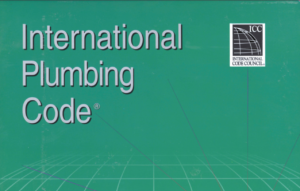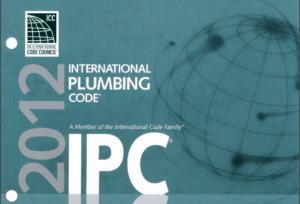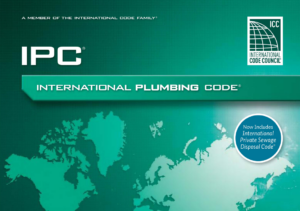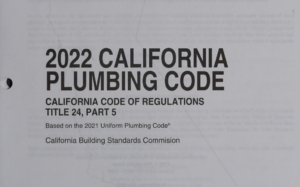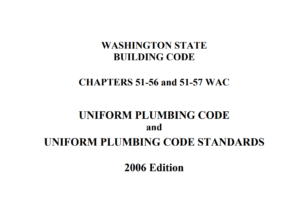The 2016 National Construction Code (NCC) of Australia, developed by the Council of Australian Governments, consolidates all on-site construction requirements into a single, cohesive code. It is produced and maintained by the Australian Building Codes Board (ABCB) and serves as a unified set of technical provisions for the design and construction of buildings, plumbing, and drainage systems throughout Australia. The NCC comprises three volumes: Volumes One and Two cover the Building Code of Australia (BCA), while Volume Three pertains to the Plumbing Code of Australia (PCA). The code takes into account variations in climate and geological conditions, allowing flexibility in design while maintaining safety and health standards. Each volume addresses specific building classes and incorporates amendments for compliance with state and territorial regulations.
The NCC aims to achieve nationally consistent minimum standards that ensure safety, health, amenity, and sustainability in construction. It is drafted in a performance-based format, allowing for either Deemed-to-Satisfy Solutions or the development of innovative Performance Solutions. These solutions must consider potential impacts on other parts of the NCC to ensure comprehensive compliance. The goal is to create effective regulations that provide net benefits to society without imposing unnecessary restrictions. The ABCB, a collaborative effort between the Australian government, states, territories, and the building industry, oversees the development and maintenance of the NCC. It is supported by the Plumbing Code Committee (PCC), which provides technical advice on matters related to the PCA.
Each state and territory enacts the PCA through its legislation, which may include variations, additions, or deletions of certain provisions to suit local conditions. These changes are documented in the appendices of the PCA. The PCA must be read alongside relevant state or territory legislation, and any questions regarding compliance should be directed to the appropriate regulatory authority. Decisions made under the PCA should be thoroughly documented, including details of Performance Solutions, Deemed-to-Satisfy Solutions, and any expert judgments, tests, or standards relied upon. This documentation ensures transparency and accountability in meeting the code’s performance requirements.

